Ultimate Himalayan Adventure: Essential Preparations for a Safe and Memorable Journey

Introduction
Embarking on a journey to the Himalayas is a dream for many adventure enthusiasts and nature lovers. The breathtaking landscapes, towering peaks, and serene valleys offer an unparalleled experience. However, the Himalayas' remote and challenging terrain requires thorough preparation to ensure a safe and enjoyable trip. Here’s a comprehensive guide on what you need to prepare before traveling to the majestic Himalayas.
1. Physical Fitness and Health
A. Get in Shape
- Cardio Training: Engage in regular cardiovascular exercises such as running, cycling, and swimming to build stamina.
- Strength Training: Focus on strengthening your core, legs, and back to handle the physical demands of trekking.
- Flexibility Exercises: Incorporate yoga or stretching routines to improve flexibility and prevent injuries.
B. Health Check-Up
- Consult a Doctor: Have a thorough medical check-up to ensure you're fit for high-altitude travel.
- Vaccinations: Ensure you are up-to-date with necessary vaccinations, including tetanus and hepatitis.
2. Acclimatization
A. Understanding Altitude Sickness
- Symptoms: Learn about the symptoms of altitude sickness, including headaches, nausea, dizziness, and shortness of breath.
- Prevention: Plan for gradual ascent and incorporate rest days into your itinerary to acclimatize properly.
B. Medications
- Diamox: Consider taking altitude sickness medication like Diamox, after consulting with your doctor.
- First Aid Kit: Pack a comprehensive first aid kit with essentials like painkillers, bandages, antiseptics, and any personal medications.
3. Essential Gear and Clothing
A. Clothing
- Layering System: Pack moisture-wicking base layers, insulating mid-layers, and a waterproof outer layer to adapt to changing weather conditions.
- Thermal Wear: Include thermal socks, gloves, and hats to keep warm in freezing temperatures.
B. Footwear
- Hiking Boots: Invest in sturdy, waterproof hiking boots with good ankle support.
- Gaiters: Use gaiters to keep snow, water, and debris out of your boots.
C. Gear
- Backpack: A durable, comfortable backpack with a rain cover.
- Sleeping Bag: A high-quality, cold-weather sleeping bag suitable for sub-zero temperatures.
- Trekking Poles: Helpful for maintaining balance and reducing strain on your knees.
4. Documentation and Permits
A. Passport and Visas
- Valid Passport: Ensure your passport is valid for at least six months beyond your travel dates.
- Visa: Apply for the necessary visa(s) well in advance.
B. Permits
- Trekking Permits: Obtain required trekking permits, such as the TIMS card in Nepal.
- Protected Area Permits: If visiting protected areas, secure the necessary permits.
5. Financial Preparation
A. Budget Planning
- Estimate Costs: Calculate expenses for flights, accommodation, food, permits, gear, and emergency funds.
- Travel Insurance: Purchase comprehensive travel insurance that covers high-altitude trekking and evacuation.
B. Currency
- Local Currency: Carry enough local currency for your trip, as ATMs may not be available in remote areas.
- Emergency Funds: Keep some extra cash for unforeseen expenses.
6. Communication and Connectivity
A. Mobile Network
- SIM Card: Purchase a local SIM card with a data plan for communication and internet access.
- Satellite Phone: Consider renting a satellite phone for emergencies in remote areas.
B. Emergency Contacts
- List of Contacts: Keep a list of emergency contacts, including local authorities, embassies, and your travel insurance provider.
7. Environmental and Cultural Respect
A. Eco-Friendly Practices
- Leave No Trace: Follow the principles of “Leave No Trace” to minimize your environmental impact.
- Reusable Items: Use reusable water bottles, bags, and utensils to reduce waste.
B. Cultural Sensitivity
- Local Customs: Respect local customs and traditions. Dress modestly and ask for permission before taking photographs of people.
- Language: Learn a few basic phrases in the local language to enhance your interactions with locals.
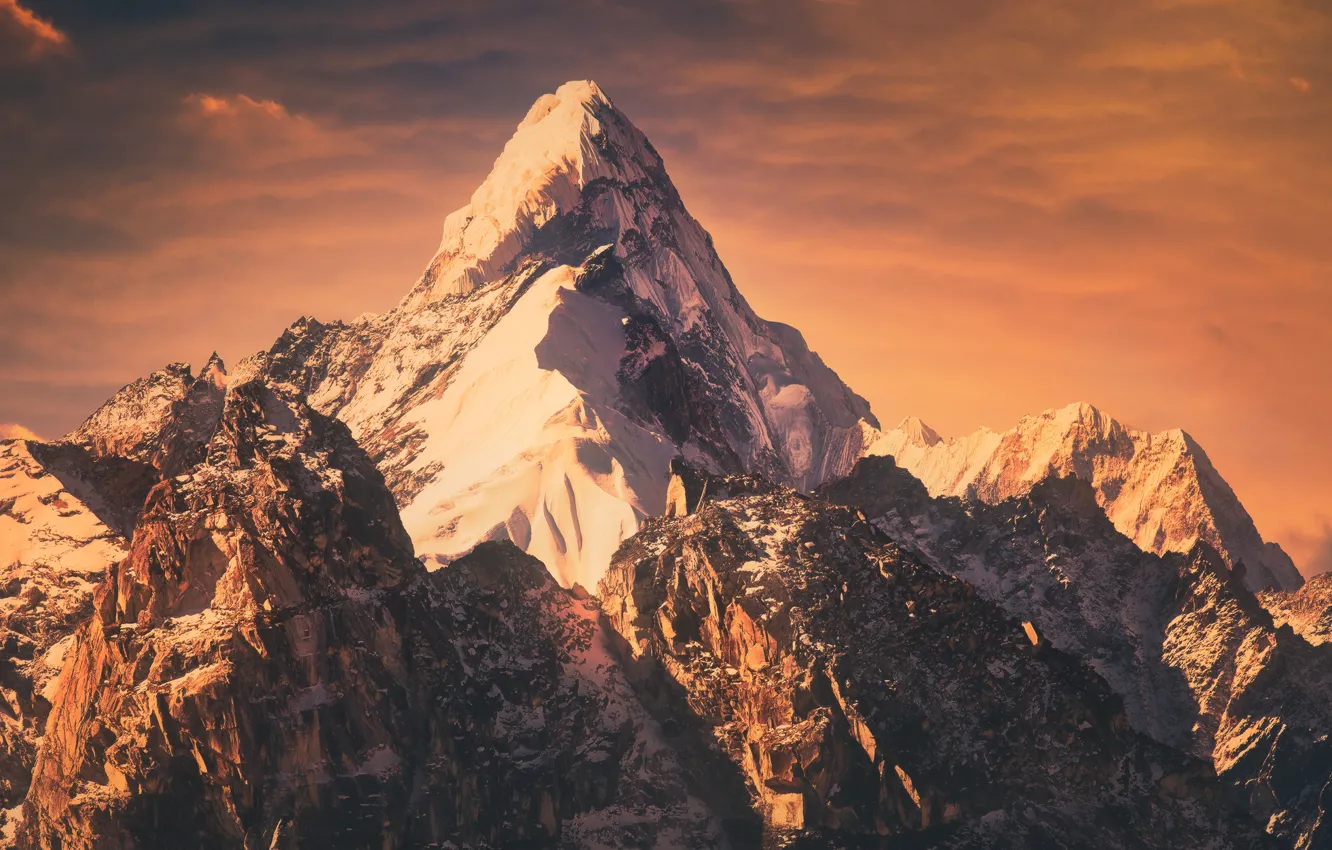
Preparation is key to a successful and memorable Himalayan adventure. By focusing on your physical fitness, acclimatization, gear, documentation, finances, communication, and environmental responsibility, you can ensure a safe and enriching experience in the world's most magnificent mountain range. Happy trekking!
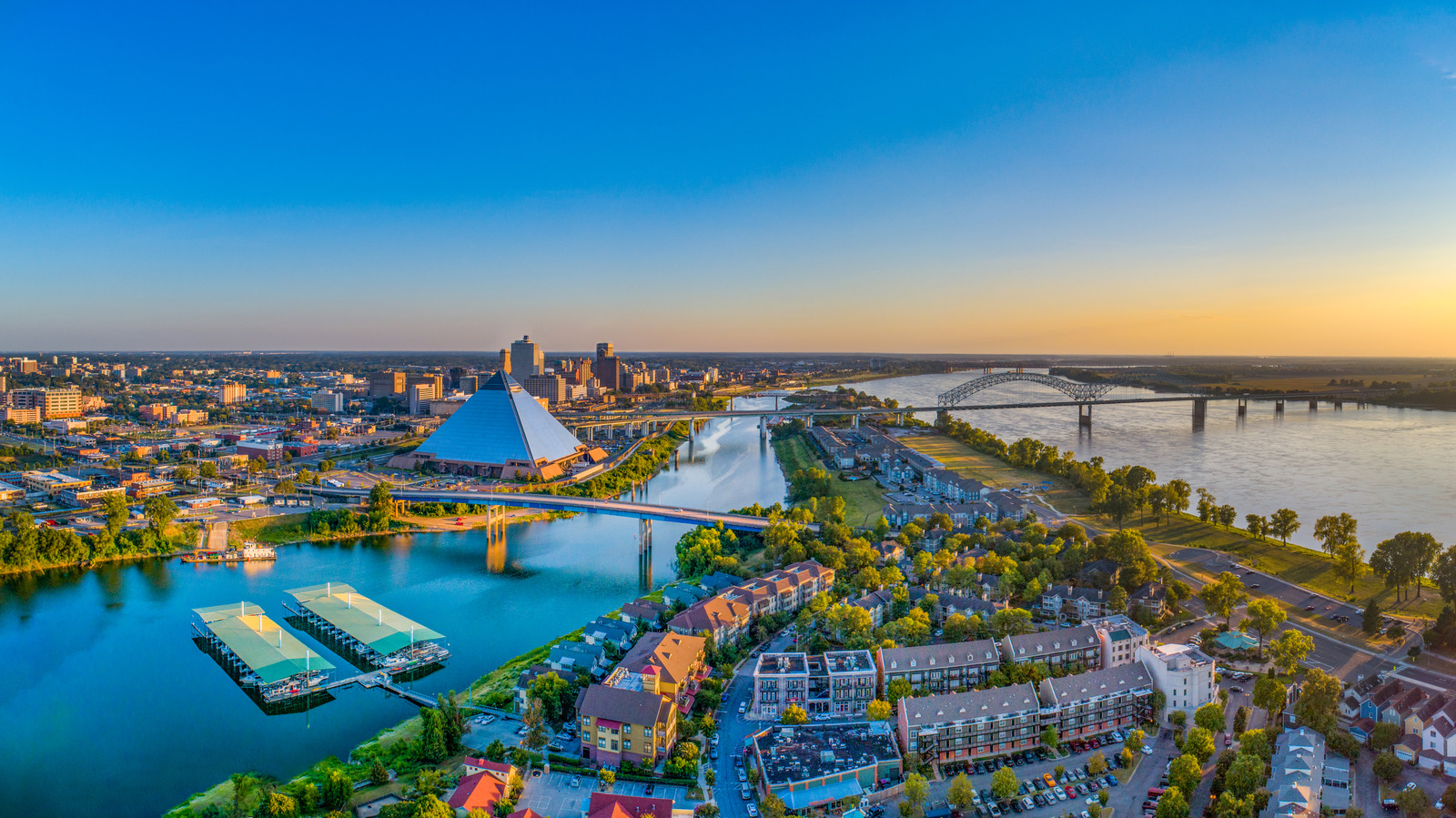
.jpg)

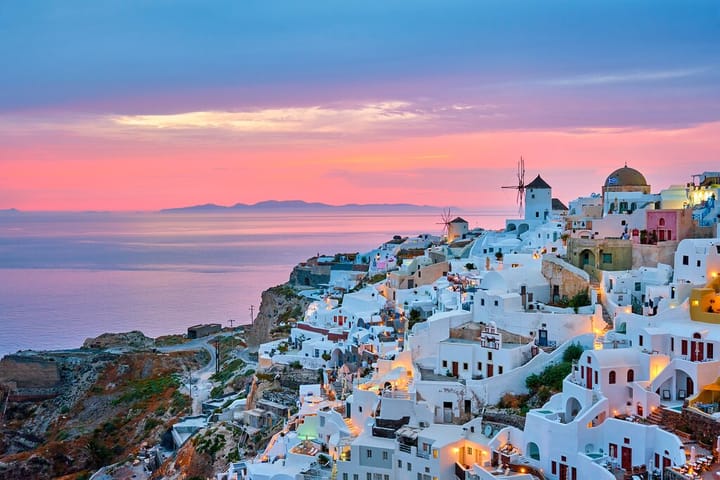
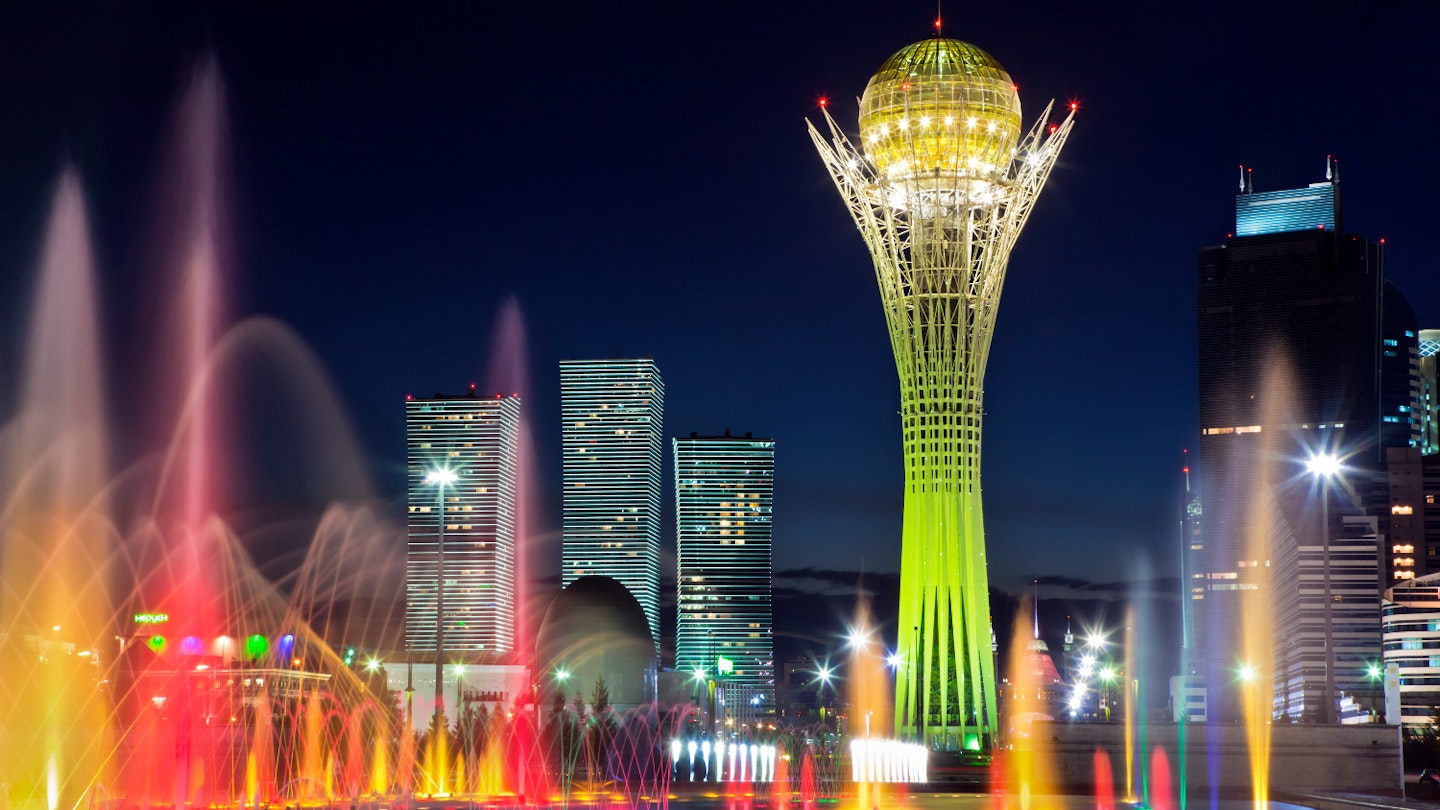
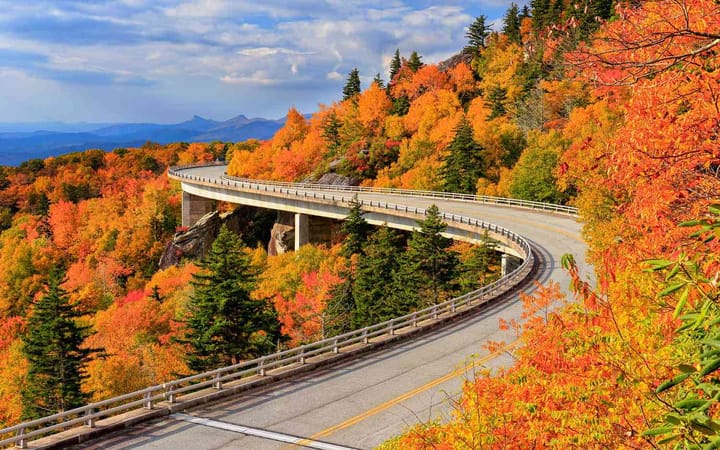





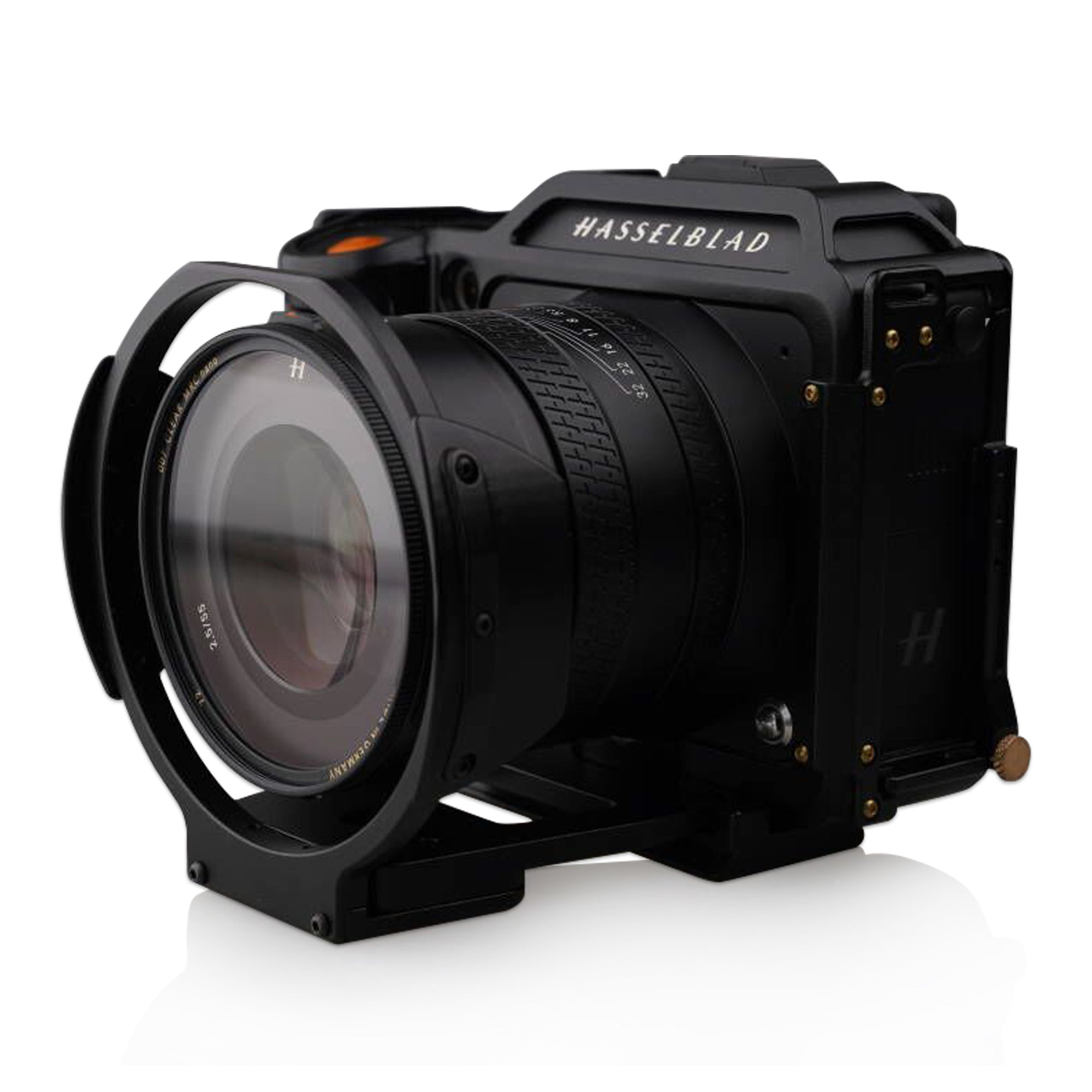
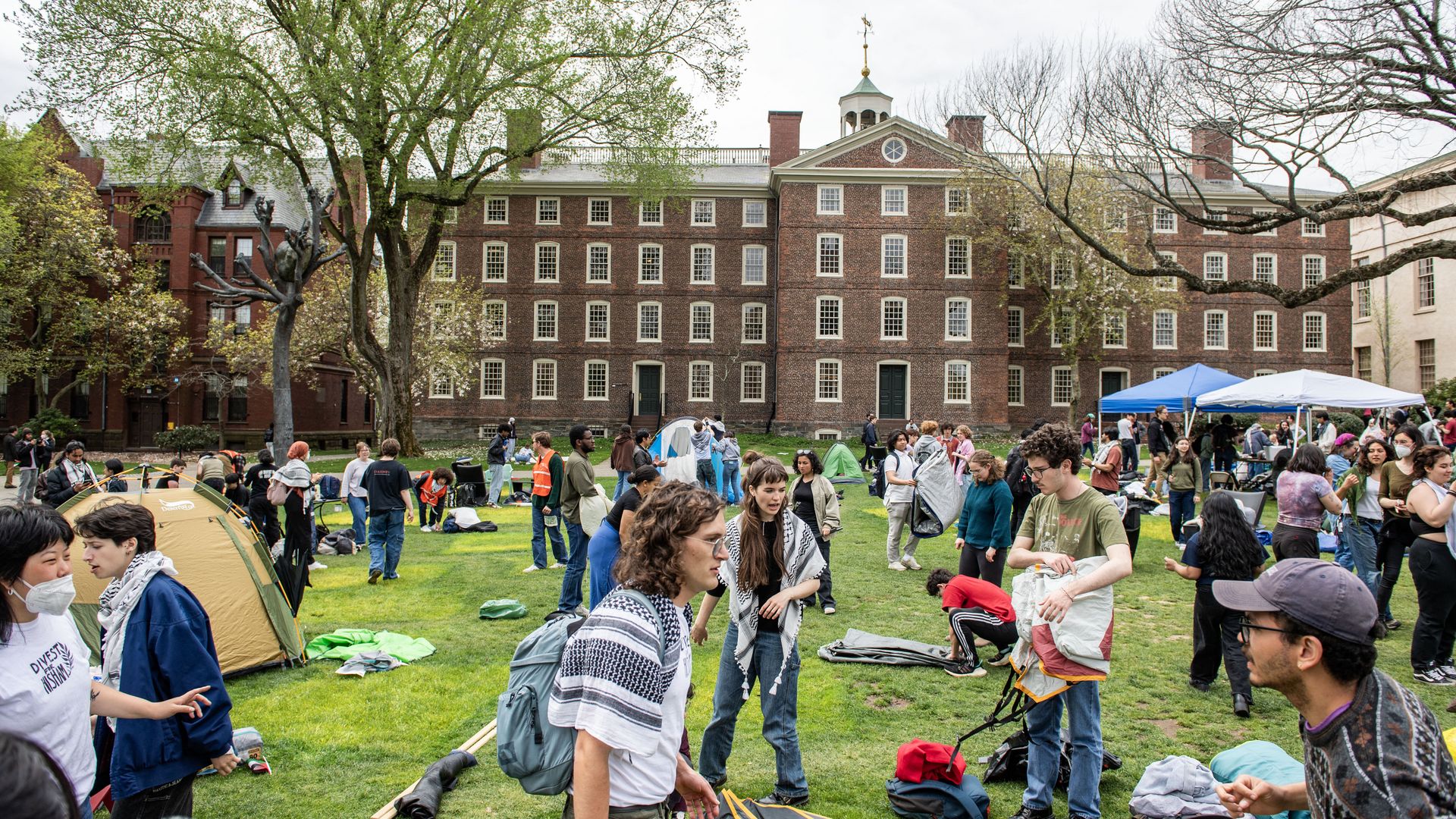





Comments ()